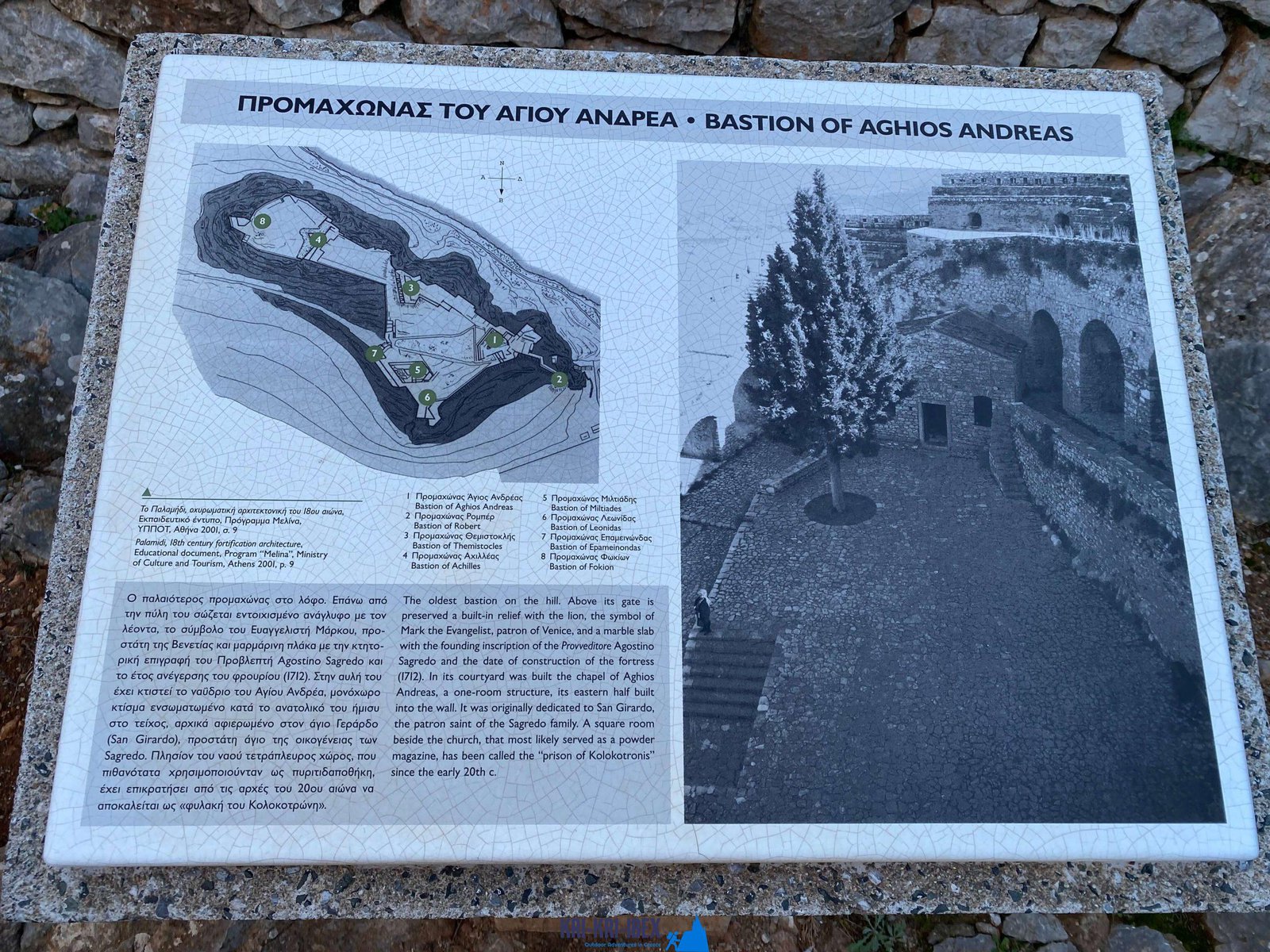
Hunting for Kri Kri ibex in Greece is a remarkable searching expedition as well as wonderful trip all in one. Ibex hunting is typically an extreme experience, but not in this situation! Dive to shipwrecks and also spearfishing in old Greece, or delight in ibex hunting in an exotic locale are just a few of the important things you may do during a week lengthy ibex searching expedition in Greece. Can you think about anything else?

Because it is not set, the number of Ibexes varies with the populace. The Ibexes of the Cretan Ibex reproduce Kri-Kri is the smallest ibex in terms of body weight, however not horn size (Capra Aegagrus Cretica). A few samplings that went uncounted determined 115 centimeters (45 inches). The gold prize is 61 cm (24 inches) long. The Kri-Kri ibex is pursued in Greece at this time. Searching is offered on Atalanti as well as Sapientza. Searching is permitted on Atalanti from the last week of October to the very first week of December. Hunting is permitted on Sapientza for the whole month of November, depending upon weather.
When you show up in the Peloponnese peninsula is the stunningly attractive landscape, the very first thing you will observe. The hills, lakes, woodlands, and rivers make this location a nature lover's paradise. There are additionally plenty of opportunities for hiking, angling, swimming, and also other outdoor tasks. But the Peloponnese peninsula is not almost its natural beauty; there are additionally various historic and also social sites to explore. Do not neglect additionally angling, free-diving as well as hunting. Some of one of the most preferred tourist locations in the Peloponnese consist of old Olympia, Epidaurus, Mycenae, as well as Sparta. These locations offer an interesting glimpse into Greece's abundant background and also culture. If you have an interest in finding out more regarding Greek mythology, after that you will definitely want to visit Mount Olympus, residence of the 12 Olympian gods. Naturally, no trip to Greece would be total without attempting some of the delicious food. The Peloponnese peninsula is house to some of the very best olive oil on the planet in addition to feta cheese, olives, honey, and also a glass of wine. See to it to try a few of the local specializeds such as dolma (stuffed grape leaves), Souvlaki (barbequed meat skewers), and also Gyro (meat covered in pita bread).
If you're seeking a genuine Greek experience, after that look no more than our exterior hunting in Greece with angling, and cost-free diving trips of Peloponnese. This is an extraordinary method to see every little thing that this amazing region has to offer. Reserve your tour today!
What is the diference between Kri Kri ibex, Bezoar ibex and hybrid ibex
The kri-kri is not thought to be indigenous to Crete, most likely having been imported to the island during the time of the Minoan civilization. Nevertheless, it is found nowhere else and is therefore endemic to Crete. It was common throughout the Aegean but the peaks of the 8,000 ft (2,400 m) White Mountains of Western Crete are their last strongholds–particularly a series of almost vertical 3,000 ft (900 m) cliffs called ‘the Untrodden’—at the head of the Samaria Gorge. This mountain range, which hosts another 14 endemic animal species, is protected as a UNESCO Biosphere Reserve. In total, their range extends to the White Mountains, the Samaria National Forest and the islets of Dia, Thodorou, and Agii Pandes.
This Ibex is NOT a diminutive form of the Bezoar Ibex, which has migrated into the western-most reach of the range of this species. The kri – kri (Capra aegagrus cretica), sometimes called the Cretan goat, Agrimi, or Cretan Ibex, is a feral goat inhabiting the Eastern Mediterranean, previously considered a subspecies of wild goat. The kri-kri has a light brownish coat with a darker band around its neck. It has two horns that sweep back from the head. In the wild they are shy and avoid tourists, resting during the day. The animal can leap some distance or climb seemingly sheer cliffs.
“The agrimi goat Capra aegagrus cretica is unique to Crete and its offshore islands. It has been identi®ed as a sub-species of the wild bezoar goat Capra aegagrus aegagrus Erxleben, 1777, which it closely resembles in horn shape, body form and coloration. This classi®cation has been disputed by some researchers who claim that the agrimi are feral goats, derived from early domestic stock brought to the island by the ®rst Neolithic settlers. In order to clarify this issue, DNA analyses (cytochrome b and D loop sequences) were carried out on tissue of live and skeletonized agrimi and compared to sequences of wild and domestic caprines. Results conclusively show the agrimi to be a feral animal, that clades with domestic goats (Capra hircus) rather than with wild Asiatic bezoar. This study demonstrates that morphometric criteria do not necessarily re¯ect genetic af®nities, and that the taxonomic classi®cation of agrimi should be revised.”